Ready to emerge from hibernation? It's time to plan your first backpacking and camping trip of the season. Spring is a beautiful time to hike and camp, as nature is awakening, the trails are not too crowded, pesky bugs haven’t hatched yet, waterfalls are flowing and flowers are growing. Spring hiking can also be a tricky time to get out, with wet and unpredictable conditions that require careful preparation. Here are some backpacking tips to keep front of mind so you can excel right out the gates this season.


1. Know where to go backpacking:
Spring is renowned for its vibrant wildflowers and breathtaking waterfalls, making it an ideal time to explore a trail that showcases these natural wonders. In general, lower elevations tend to have milder temperatures, while higher elevations can experience more significant temperature changes and weather extremes. While these variables can certainly add to the excitement of the adventure, it's essential to be well-informed of these factors before heading out.
If you're headed into the mountains, double check that all the roads are open to your trailhead and find out what the snowpack is like. Depending on the winter snowfall, the snow may not melt enough in some areas until late in the season.


2. Check the conditions:
Spring weather can be unpredictable, and conditions can vary depending on location and elevation. Check with state or national park offices or reliable resources like The National Weather Service or Know Before You Go from the US Forest Service to learn about the conditions in the area where you're going.
Be aware that looking at the weather report for the town or trailhead you are going out of is not always a very good reflection of what it will be on the trail and as you increase or decrease in elevation. Be thorough and specific.


3. Prepare for changes in the trails:
Due to erosion from melting snow, fallen trees, missing trail markers, and flooding, the trails can be very different from their normality. Be prepared to climb over, under, or through obstacles. Expect the unexpected.
4. Don’t go too hard:
Be mindful of your fitness level when planning your trip, and consider that you'll be carrying more gear than usual for the unpredictable spring conditions. Plan a shorter, less challenging trip to work out the kinks before attempting longer hikes later in the season.

5. Bring the right hiking clothes:
Temperatures can change in an instant based on the time of day or wind direction. You may be in a t-shirt one moment and then a winter puffer the next. Be sure to pack the proper layer for the extra wide range of temperatures in spring.
Spring backpacking can be wet, and cotton clothing exacerbates the wetness, making it uncomfortable. Choose a wicking next-to-skin layer like bamboo, merino wool or synthetic fabrics that move moisture out. Layer puffy or fleece insulating layers and wear a waterproof/windproof shell for your outer layer. Gloves, long underwear, and beanies are all worth the extra weight. Bring more layers than you think you need because the temperature can drop quickly.

The sun is intense in the spring. Having a hiking hat, sun glasses, sunscreen, and a UV shirt will keep you from getting fried and your energy depleting These items are pretty much never a bad idea on any outdoor adventure.
6. Have the right gear:
Wet weather is a game changer. Hypothermia can be more of a problem in spring than in winter, as wet conditions make it easier to lose body heat. Make sure you stay dry with a lightweight backpacking towel and focus on gear that will keep you warm. An insulated sleeping pad combined with a warm synthetic down sleeping (which doesn’t clump when wet) or a feather down bag that is treated with waterproofing are perfect options.

For tent camping, be sure to choose a sturdy three to four season tent that can handle high winds and potential snowfall. If you're sleeping in a hammock, get a rain fly and bring a sleeping pad or underquilt to keep you warm.

Spring's cool weather and potential extra debris due to more water movement typically make water purification systems not as effective. Iodine tablets work, but they take longer and leave unwanted floaties behind. Pumps are great, but keep them warm to prevent them from freezing at night. Clear water that is moving more gently (but still moving) typically is easier to get and will move through your pump better. Avoid leaving your water bottle out overnight to prevent it from freezing. You can also heat up clean snow if it’s available.

Bring insulated drinkware to keep your fresh coffee hot or help your water from freezing over. The thermal mug and glacier bottle are perfect options for that.
There may still be some snowy sections, so be sure to bring crampons so you can grip and walk right over the snow. Walking over the snow is much easier than attempting to go around it in most cases. It’s also a lot of fun, but beware of sinkholes.

Bring sturdy treaded boots that are water resistant and come up above your ankle so you don’t get water, snow or mud in them easily. This also allows you to move through a wet trail less cautiously and more quickly. If it’s going to be really deep and wet, consider bringing leg gaiters for hiking.


Keep things dry with a waterproof backpack or a rain cover for your bag. Waterproof packing cubes can also be very handy. Cary a lightweight and fast drying towel to dry yourself and your gear off. Who knows you may even need it for an impromptu lake dip or getting soaked by a waterfall. Our adventure towels are designed to be ultra lightweight and versatile so you’ll be prepared for any journey.
Trekking poles not only save your knees (all the time), but they can save you a trip into the mud if things get slippery.
7. Make a Detailed Backpacking List:
It's essential to make a detailed list of all the items you need for your trip, including the little things that are easy to forget. Items such as headlamps, stove components, eating utensils, and water purification systems are some of the commonly forgotten items.


8. Bring extra food:
Your body requires more energy to regulate your body temperature in cold weather, which can leave you feeling hungrier than usual. By planning for additional calories, you can keep your energy levels up and stay nourished throughout your journey.

9. Be Mindful of Wildlife and the environment:
Spring is a significant time for plants and animals. Plants are just starting to spring up and many creatures are emerging from hibernation, searching for food, and caring for their young.
When it's time to pitch your tent, choose hard, durable surfaces to minimize your impact on the fragile new growth that emerges during the spring. If you're in bear country, use bear canisters and keep food away from your campsite to prevent unwanted encounters. Leave no trace by packing out all your trash.
With the right mindset and equipment, spring camping, hiking, and backpacking can be a highlight of your year. So prepare your gear, pack your bags, and hit the trails.
Thank you so much for taking the time to read this article! Which tip did you find the most interesting or helpful? Where are you backpacking or hiking this spring? Let us know in the comments below.
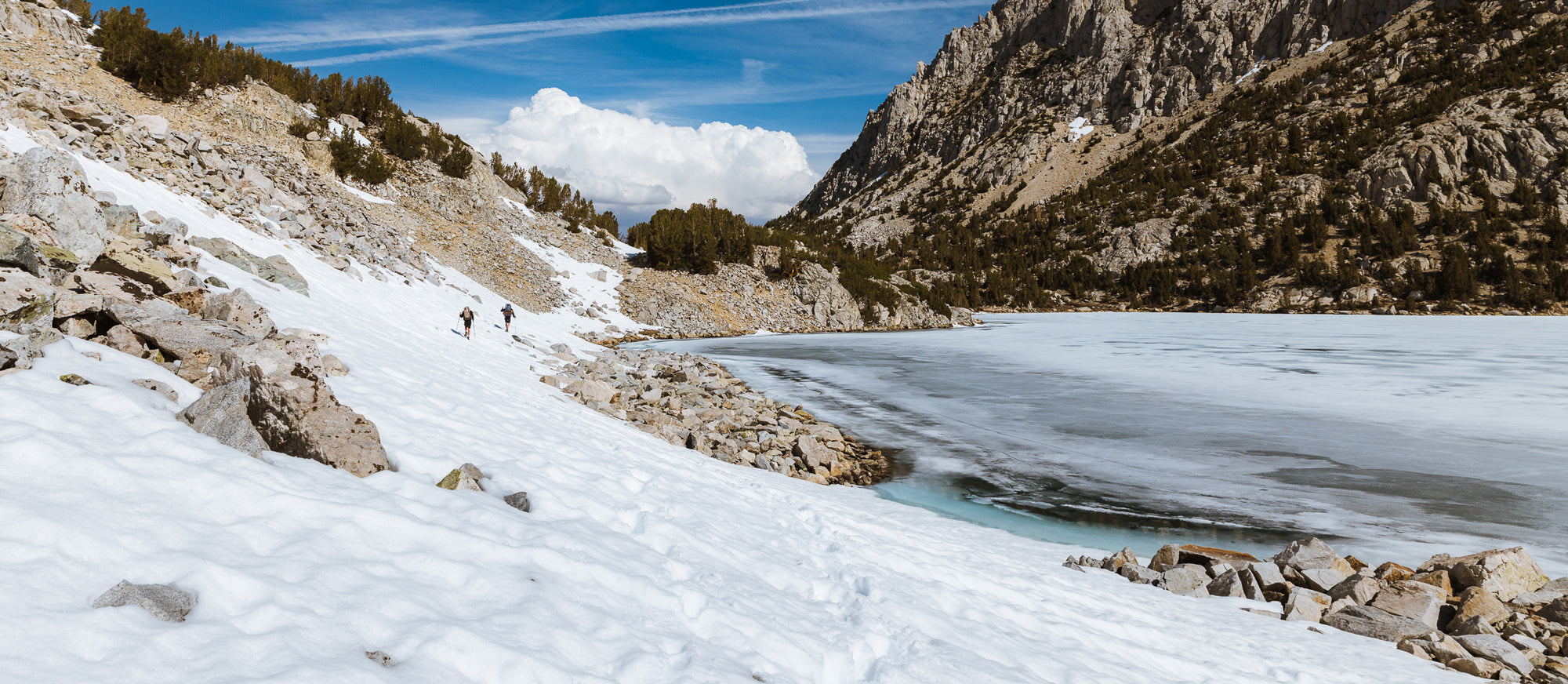
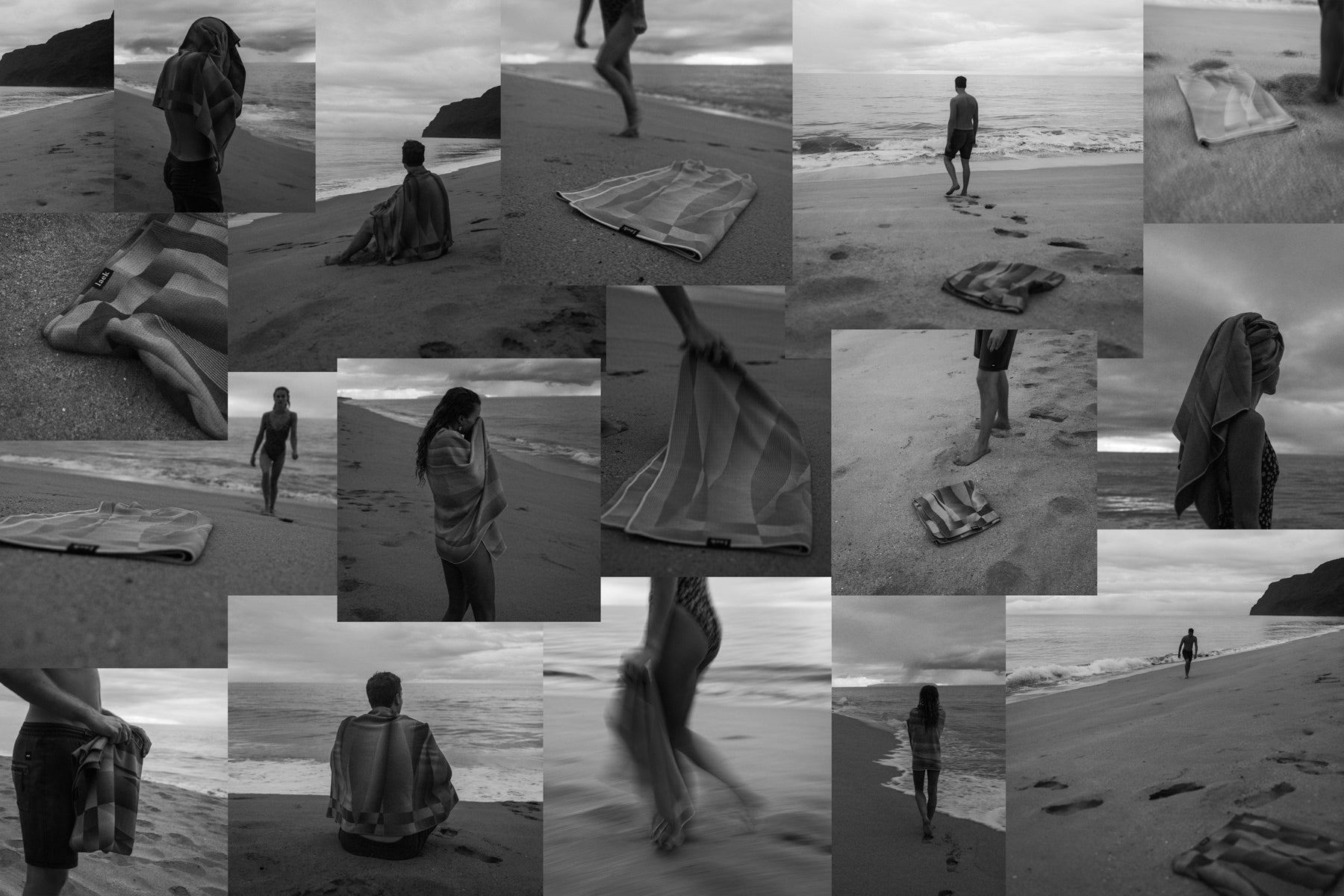
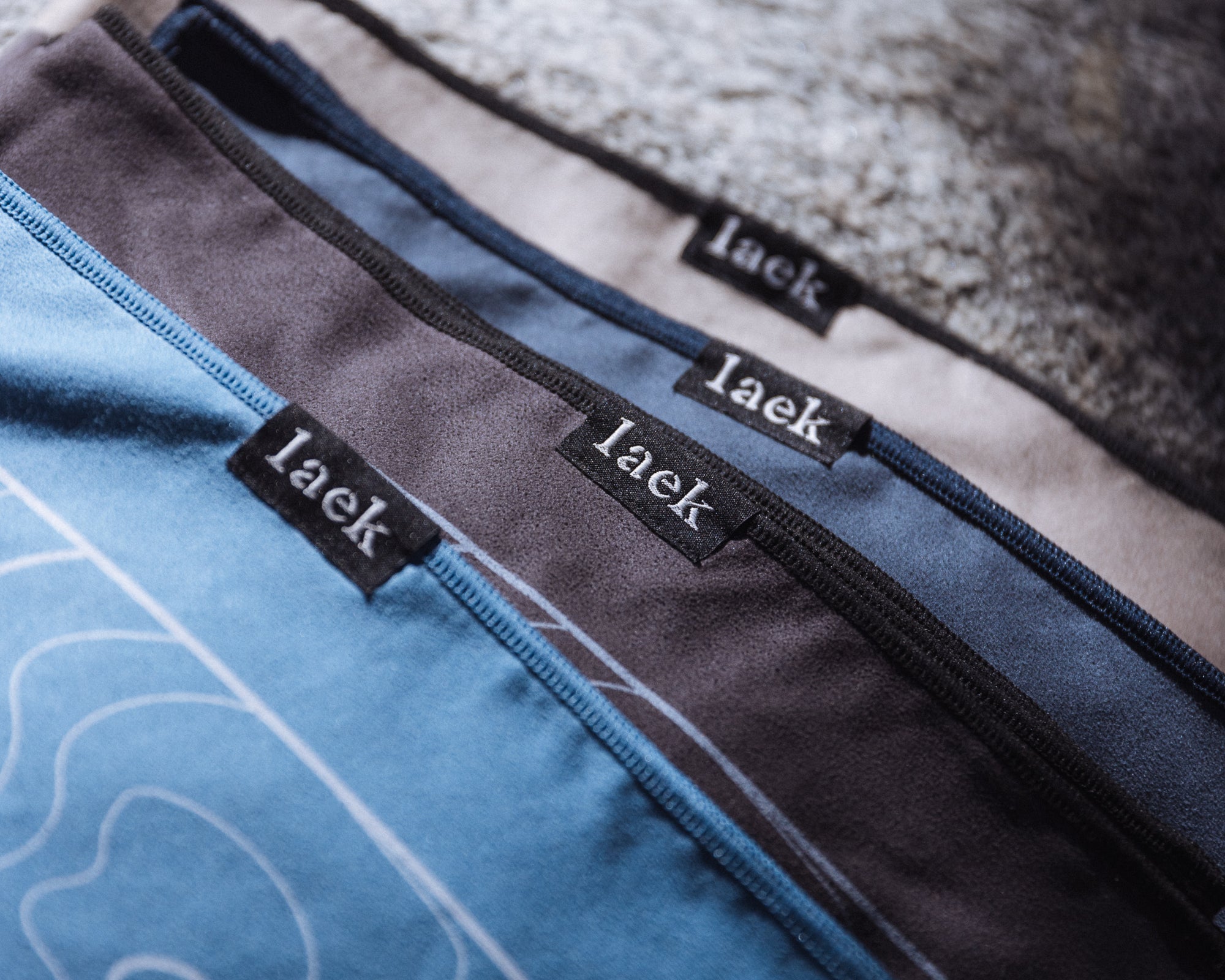
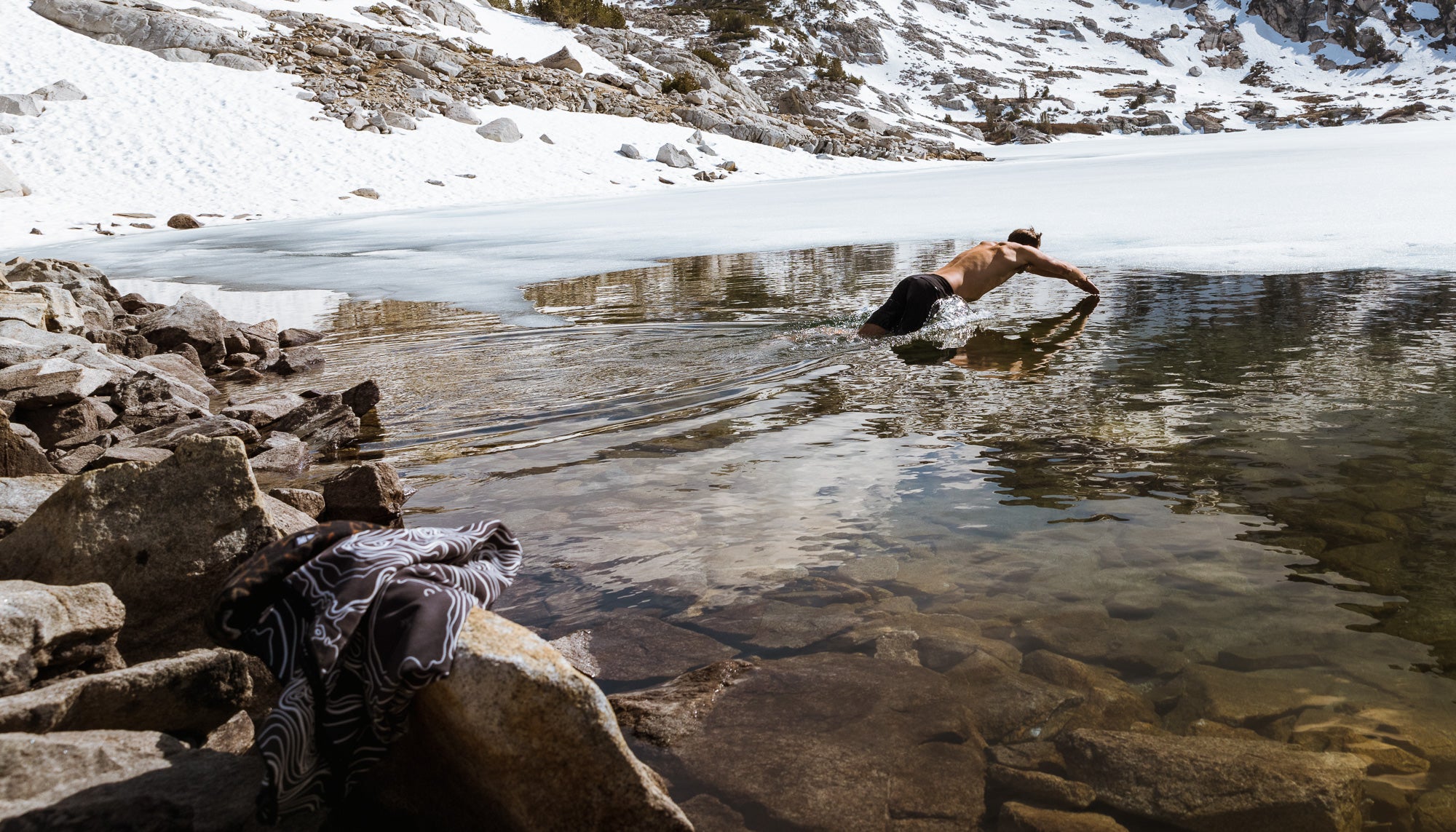
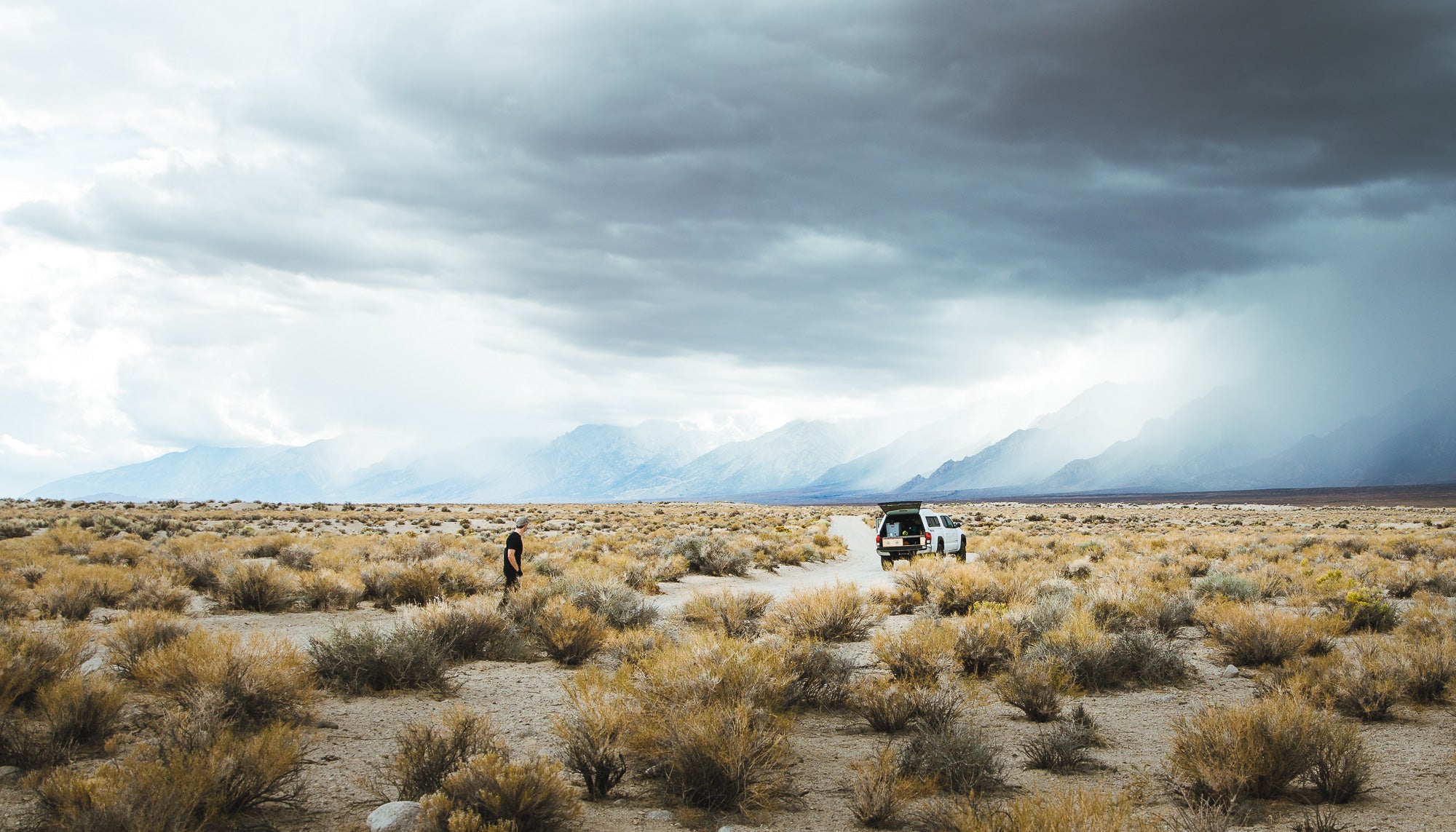
Comments
It’s also worth mentioning that you should be open to not pushing forward if the trail you’re on starts to become too snowy and the trail markers harder to find. It’s not easy to make that decision because you always think you can go just a little further and things will open up again, or you think it’s adventurous to be a little lost — I know from personal experience! But being able to tell where that line is between adventurous and dangerous is important.
Great positive message of Spring and the new season to get out there. I thought it was a great mix of information, steps and things you may have forgotten from last season or as a new outdoors person. Reminders of the lurking dangers and how to be prepared and best, the positive vibe that the new season is upon us and get out and recharge. I also appreciate the useful uses of your products! Love the towels best ever every member of the family has and loves! Yea Spring and more outdoors after a long Wisconsin winter. Kudos, have fun be safe!
I have grown up hiking in the Mount Rainier area of WA state. Since I was a small child, I was hiking trails ment for more experienced treckers. (Dead Horse Trail, anyone?) So hiking, and packing, comes natural. I love being the first one out after a decent snowfall, and making tracks. Nothing better. Ever get lost? Just follow your steps home. I don’t think I ever got lost. The mountains are in my blood, now that I am an adult. They are definitely my happy place, only spot where I feel truly at peace. My soul is free, and I am at one with the land. The trees, the smell of the trees waking up, every Spring, the wildlife, the fact that everything is always constantly changing, never the same.. that’s paradise to me. 🗻🏞️🏔️🌄⛰️🥰
Living in North Texas, I thoroughly enjoyed the pictures of snow and ice when reading about Spring hiking. No snow capped mountains around here!
But your article made me hunger for a different beauty to step out to in “my backyard” for a Spring hike- Palo Duro Canyon!!!
I’ll dust off my hiking boots, make my list and check it twice and head out to enjoy this multihued spectacle that Mother Earth gifted us.
These are all such great tips – especially for hiking in Arizona! Spring here can bring blooms, snow (?), snakes (!) but a lot of beauty.
You are the few things I didn’t know,but it was good to learn new things!
Wow amazing.I love camping/ hiking, it’s such a beautiful way to relax, unwind, enjoy nature and reconnect with yourself . I love to camping hike just about anywhere ,as long as the sun shines am ready willing and able to have the best day of my life each time . It doesn’t.matter the seasons I am ready anytime . I have gear for all seasons and camp sites and trails . I may sure I have a compass, plenty of water , electrolytes, ,I carry an emergency kit for up to 8 days . Camping and hiking is the ideal time but you got to be ready for the unpredictable. Always stay safe .
I like your tip to be mindful of wildlife and the environment. This planet belongs to all its creatures.
Great points in this article. Good planning and prep – being prepared and ready to deal with anything – all these points so important for a safe and enjoyable backpacking trip for everyone involved. Thanks
BE MINDFUL OF WILDLIFE AND THE ENVIRONMENT
“Take only pictures, leave only footprints.” I feel this is very important to live by so that nature is not disturbed too much, and will be enjoyed by everyone who visits and takes care to pick up after themselves as they travel. Generation after generation of families and individuals can help keep a sustainable environment if they stay responsible for their personal belongings and litter/refuse. Pack it in, pack it out.